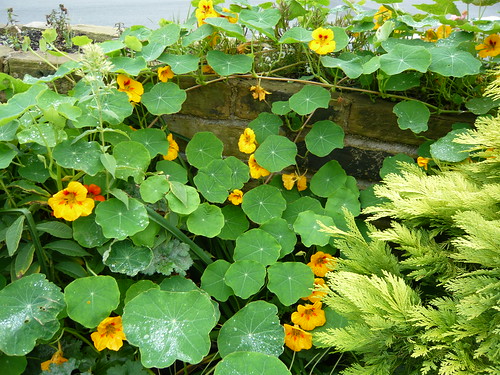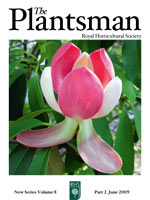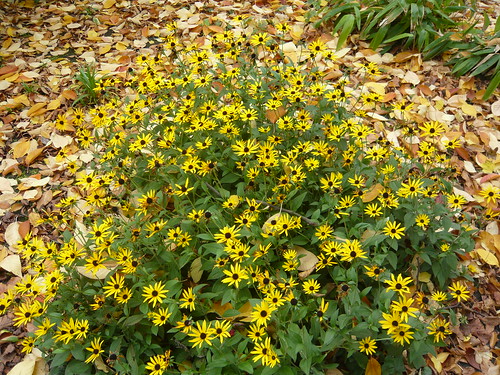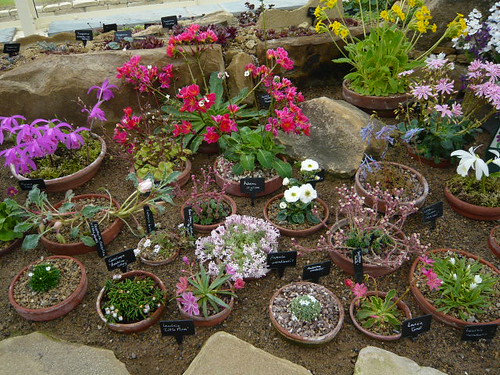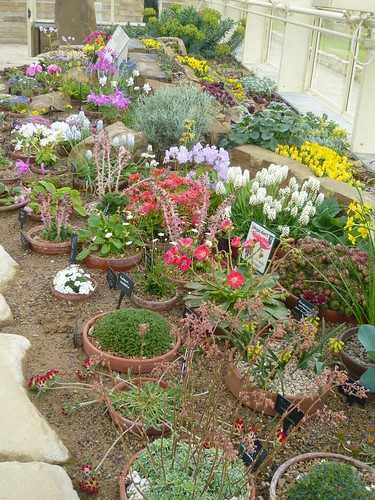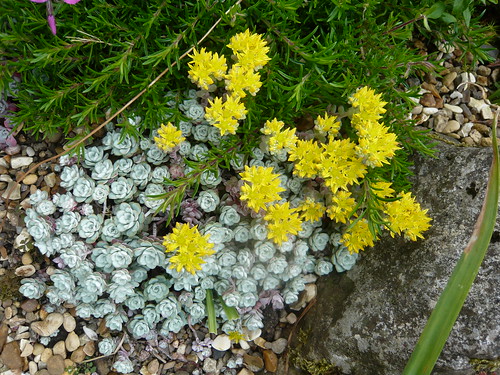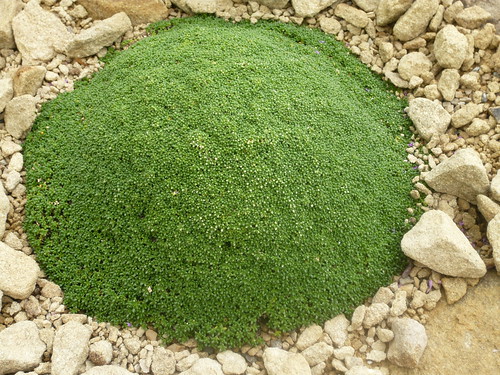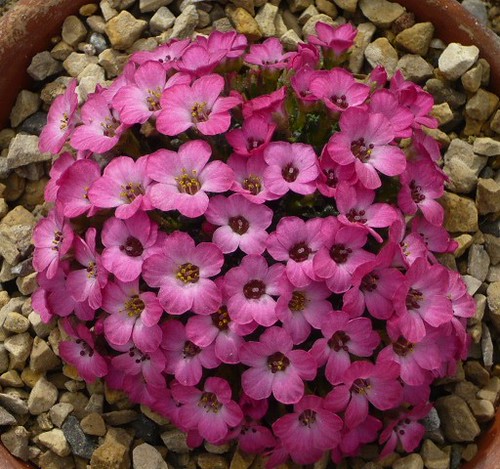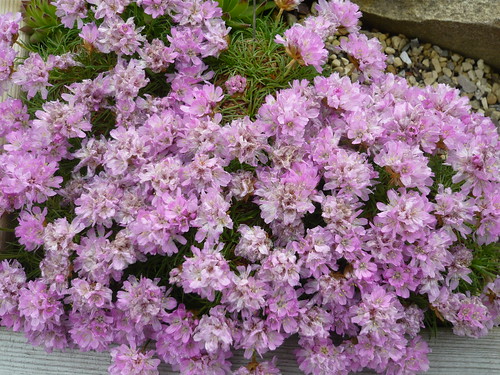Auricula Knowhow & Books
It has been a good spring for auriculas in my garden and cold greenhouse. Now the plants need time to rejuvenate after flowering so I will have time to read the National Auricula and Primula and Society’s excellent new members handbook and some of the following epistles.


The powder blue auricula is in a home made ‘tufa’ pot
Auricula Book Examples
The Auricula: History, Cultivation and Varieties Allan Guest
Every now and then I decide to focus on one species or plant group. For 2014/2015 it is going to be the Auriculas. I need to practice the techniques explained in various books and learn’ what is what’ with florists Auricula. With that in mind I have joined the National Auricula and Primrose Society northern section and so far it seems very good value for money.
On to the books I am looking out for:
Auriculas – Their Care and Cultivation B.Hyatt Cassell, London.
Auriculas Through the Ages: Bear’s… by Patricia Cleveland-Peck
Auriculas for Everyone: How to Grow and Show Perfect Plants by Mary A. Robinson
Auriculas and Primroses by W.R. Hecker (22 Apr 1971)

Primroses and Auriculas Wisley Handbook by Peter Ward
The Auricula: History, Cultivation and Varieties by Allan Guest
…


